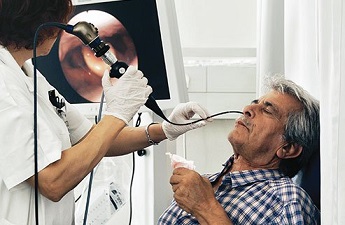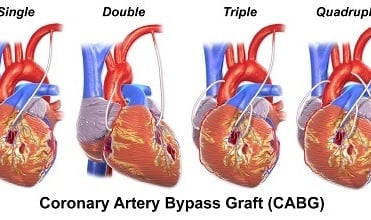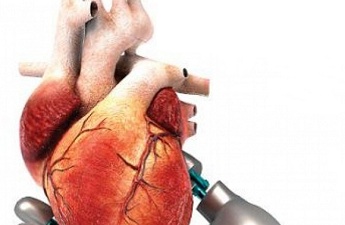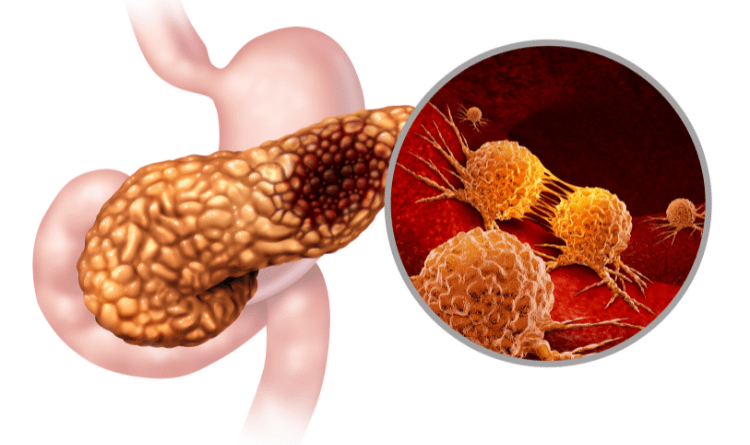Category : Intestine
Endoscopy is one of the most common procedures done by a gastroenterologists. It entails the insertion into the gastrointestinal system of tiny flexible tubes with a built-in video camera.

What is Endoscopy?
Endoscopy is a procedure that involves inserting a long, thin tube into the body to examine an internal organ or tissue in great detail. It can also be utilised for other purposes, such as imaging and minor surgery. Endoscopes are minimally invasive instruments that may be placed into bodily openings such as the mouth or the anus. They can also be put into tiny incisions, such as those in the knee or belly. Keyhole surgery is a type of surgery in which a small incision is made and special equipment, such as an endoscope, are used to help with the procedure.
Other instruments that may be used during an endoscopy:
An endoscope usually contains a channel through which the doctor can insert tools. These devices are used to collect tissue or to treat it.
The following are examples of tools:
Types
Procedure
Depending on the type of endoscopy, you may be given a form of anaesthetic. Anaesthesia prevents you from feeling pain. Depending on the type of anaesthetic used, you may be awake, drowsy, or asleep during the operation. Your health care team will offer "anaesthesia care," which includes monitoring your temperature, blood pressure, and heart rate while you are under anaesthesia. Your doctor will analyse and potentially record pictures from the endoscope during the operation. He or she will also carry out any necessary treatments. This might entail obtaining tissue for testing purposes.
Get in Touch with Medical Experts
Most Searched Blog

Heart Surgery
26,Apr,2023
Read more

Heart Transplant
26,Apr,2023
Read more

Atrial Septal Defect
26,Apr,2023
Read more

Stomach Cancer
26,Apr,2023
Read more